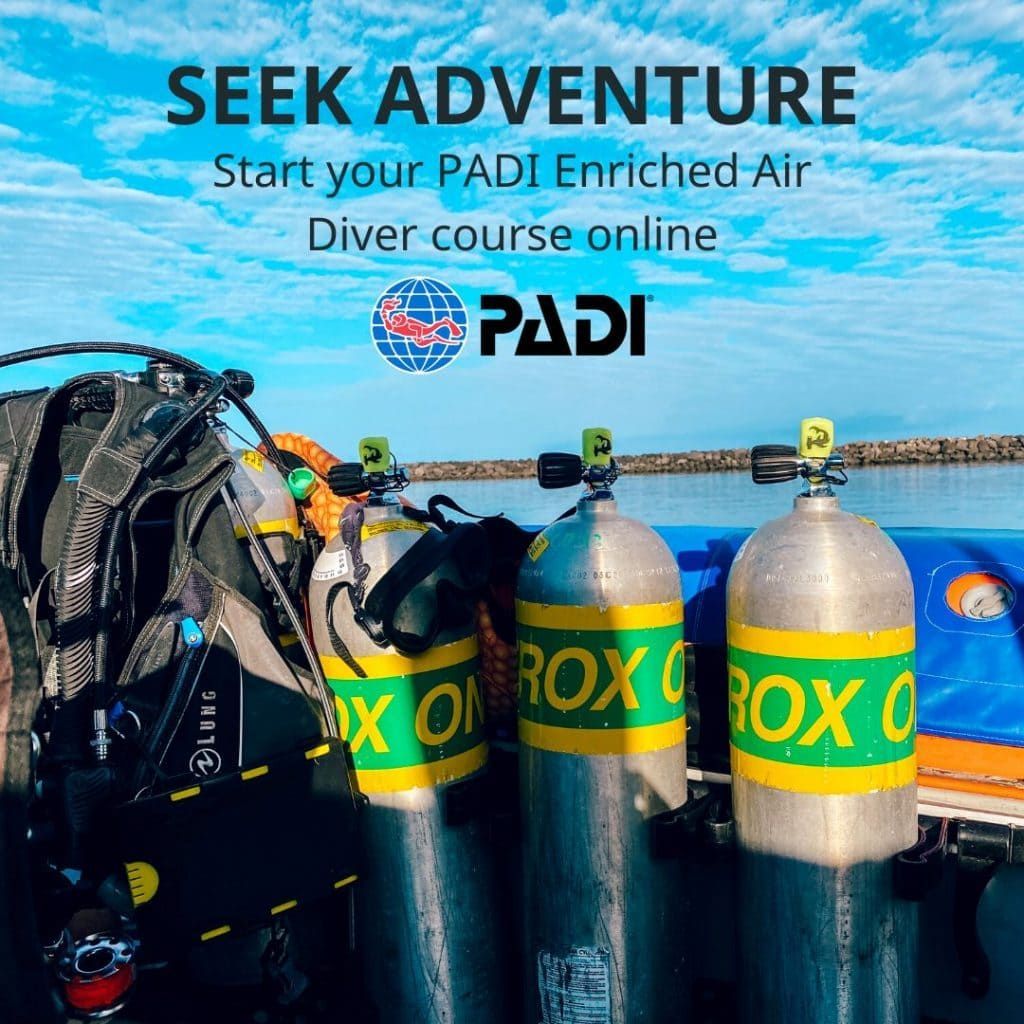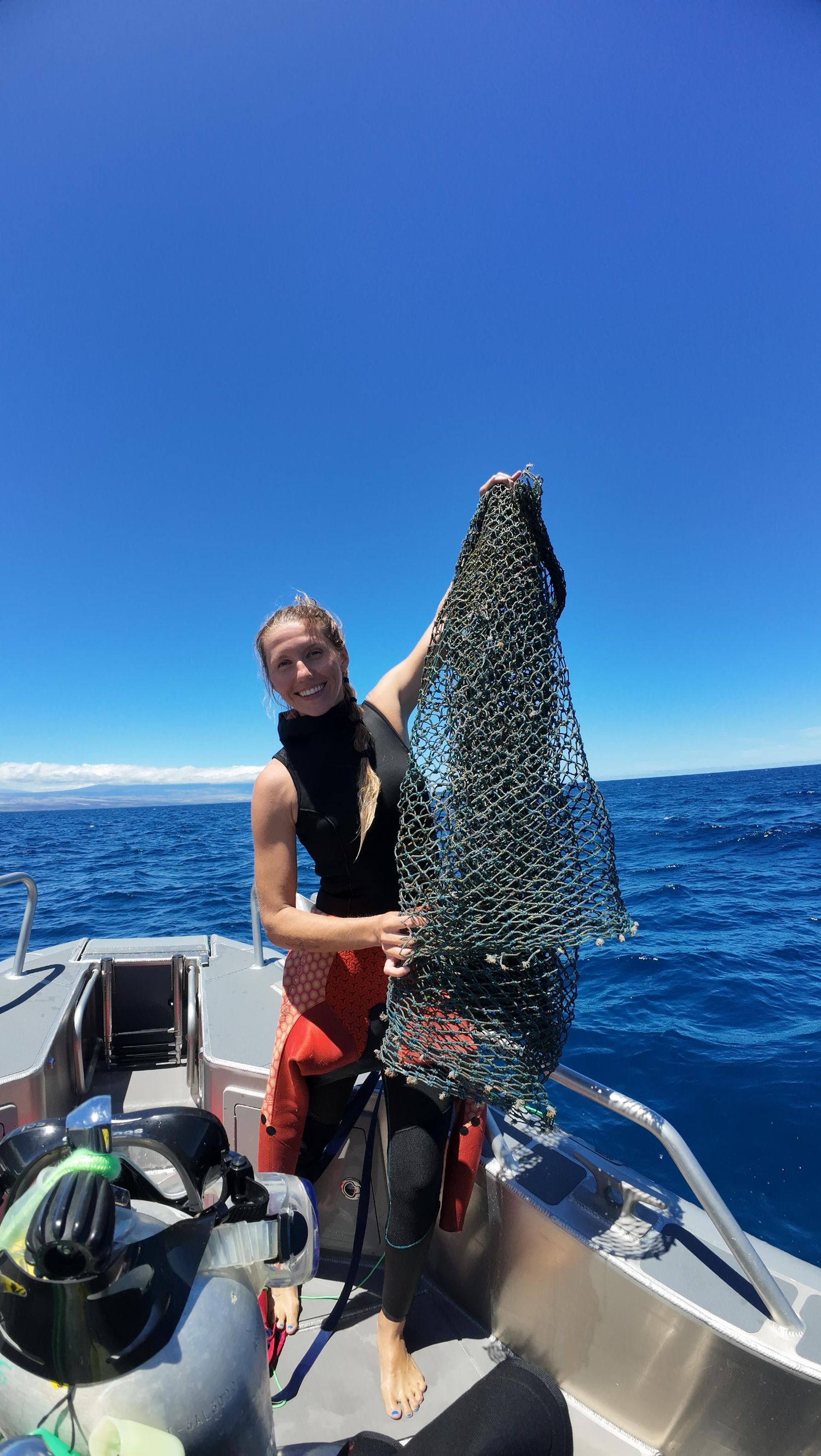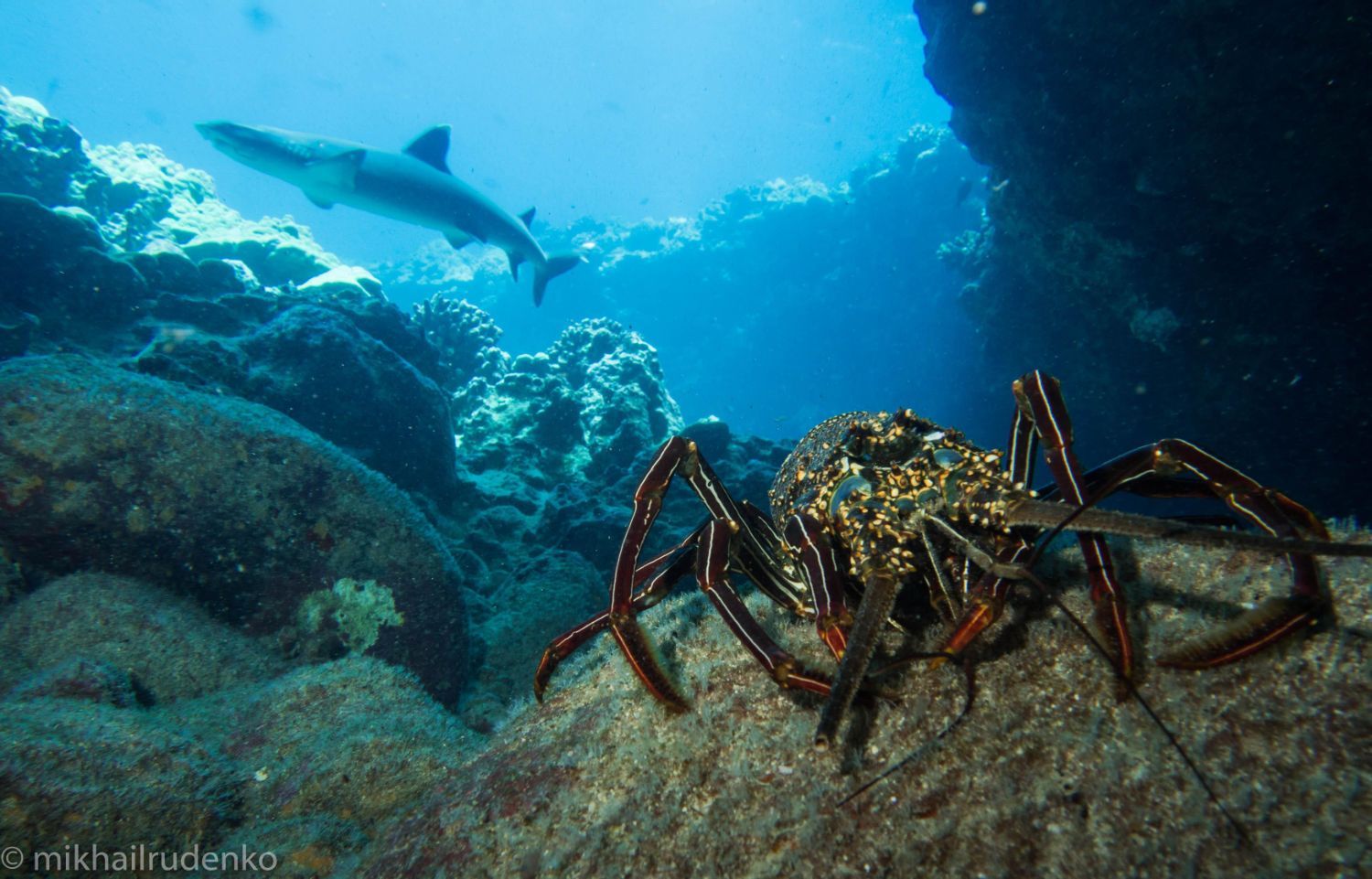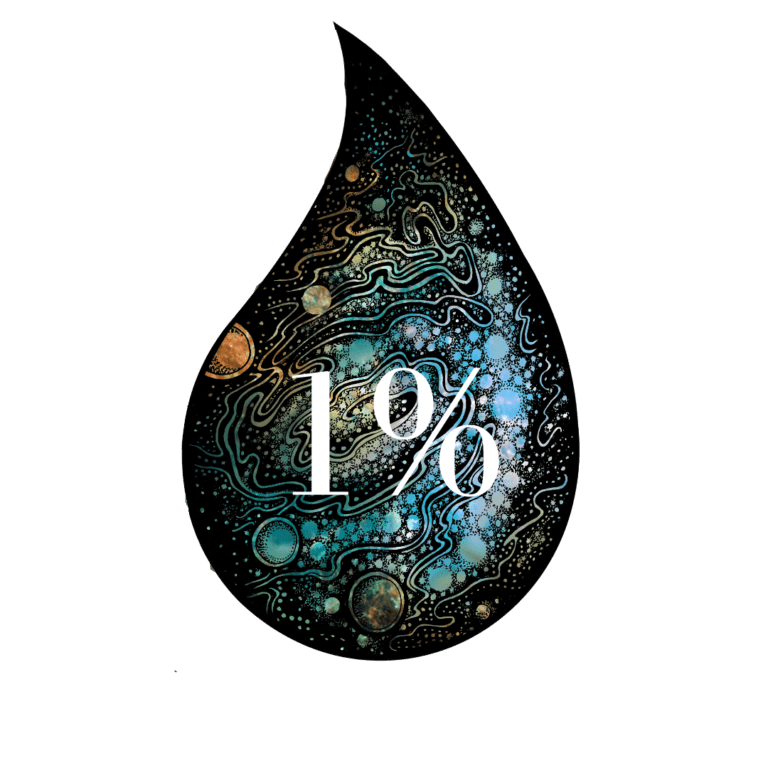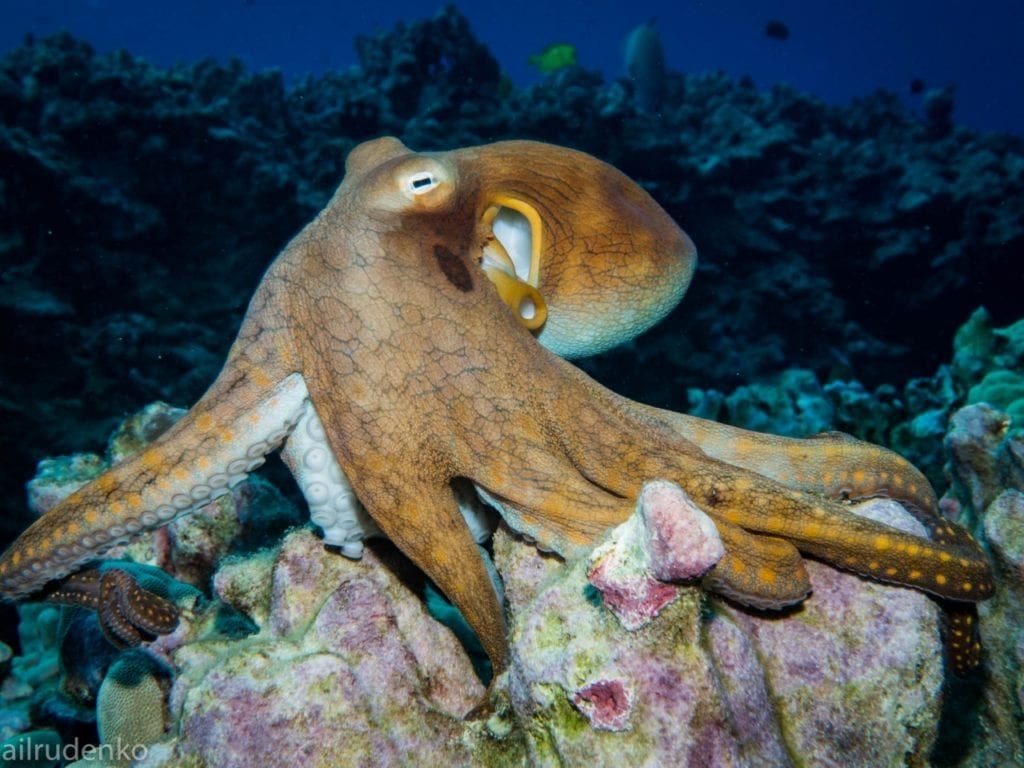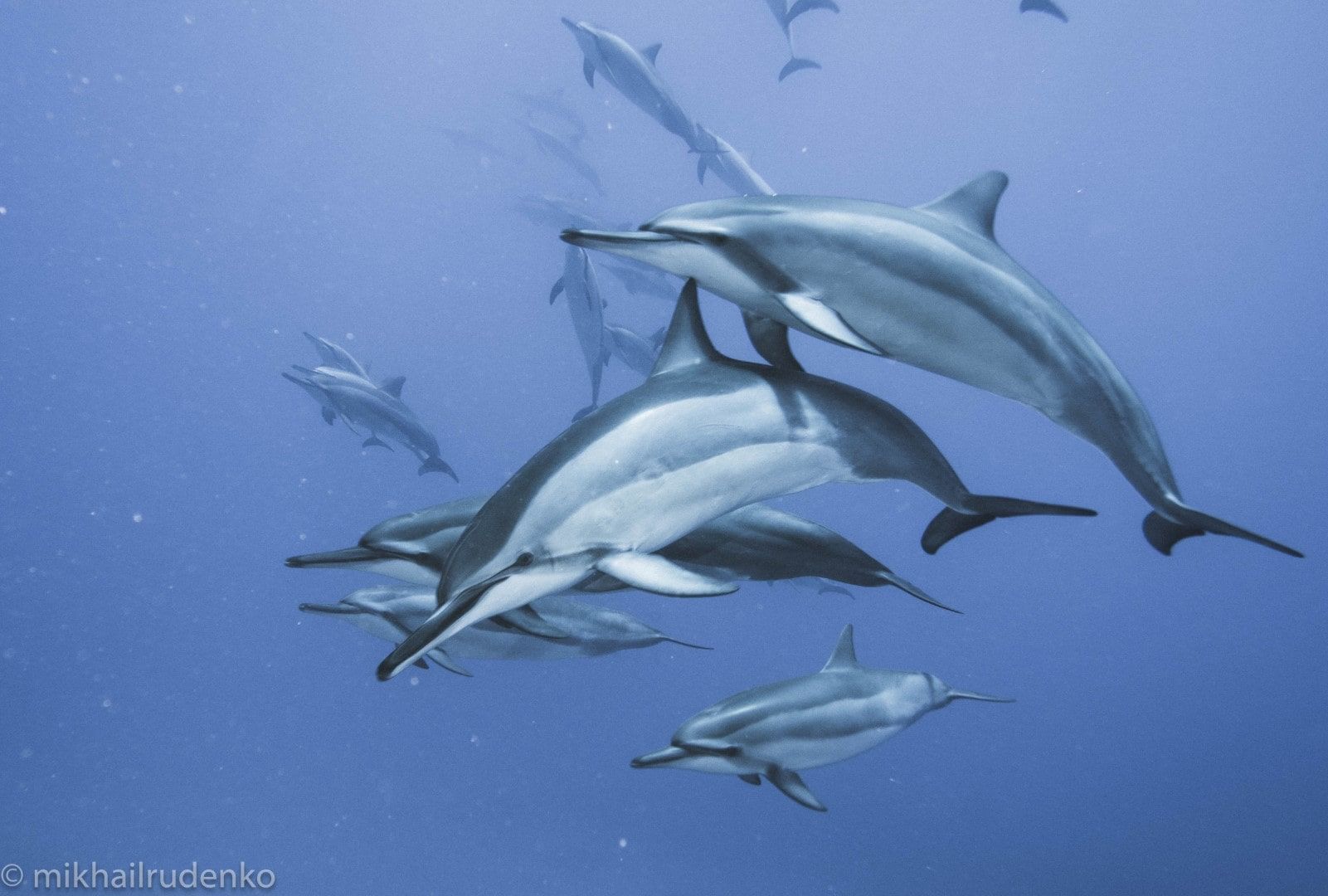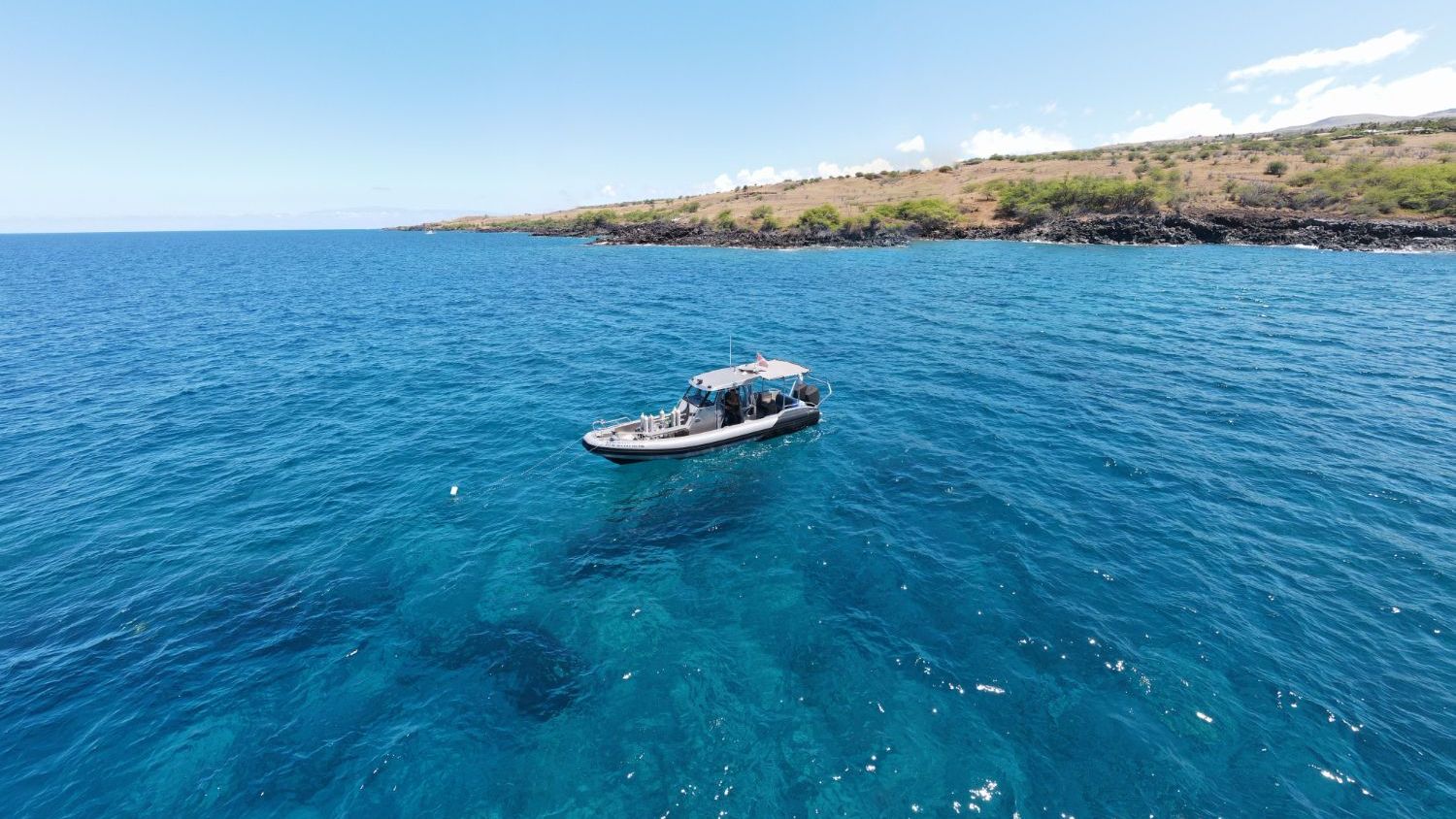DIVE BLOG
Voodoo Gas – Enriched Air Nitrox
Enriched Air Nitrox, what is it and what are its benefits?
When Enriched Air Nitrox was first introduced to divers, they were skeptical of its benefits, and the gas blend was coined “voodoo gas” for some time. However, over the years divers have realized time and time again the benefits of diving on nitrox, and now it is standardly used for recreational, technical and commercial diving.
So, what is Nitrox?
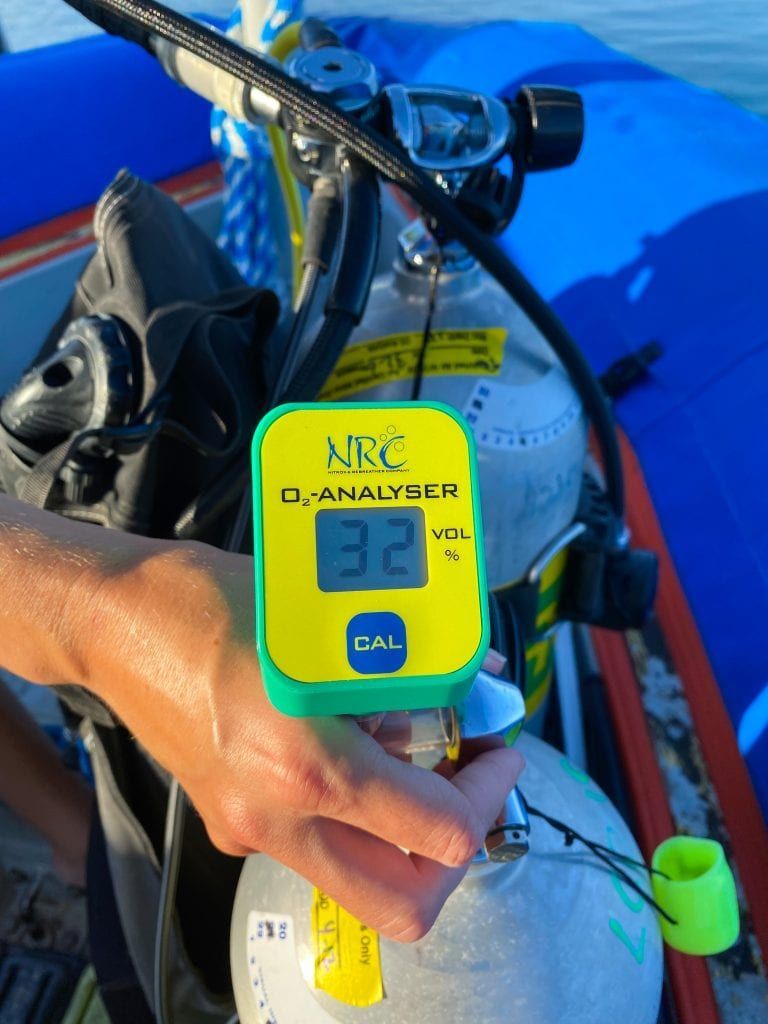
Nitrox is any blend of breathing gas that has a higher percentage of oxygen. Normal air contains (approximately) 21% oxygen and 79% nitrogen, while common blends of nitrox are 32% oxygen/68% nitrogen and 36% oxygen/64% nitrogen. But why would you want to breathe higher levels of oxygen while diving?
Because nitrox lets you stay down longer.
Let’s return to our dive tables to see why that is:
Max Allowed Time (No-Decompression Limit)
| Depth | Air | Nitrox 32% Oxygen | Nitrox 36% Oxygen |
|---|---|---|---|
| 60 feet | 55 minutes | 90 minutes | 115 minutes |
| 80 feet | 30 minutes | 45 minutes | 55 minutes |
| 100 feet | 20 minutes | 30 minutes | N/A |
As you can see, diving on nitrox gives you significantly more bottom time than diving on air! This is because you are loading less nitrogen into your body (due to the lower nitrogen percentage in nitrox gas) and therefore reducing your risk of decompression sickness. Since you are loading less nitrogen, you can stay down longer before reaching the no-decompression limit. One common misconception with nitrox is that it provides you with more air, which is untrue. There is the same amount of air in the tank, but the allowed dive time increases.
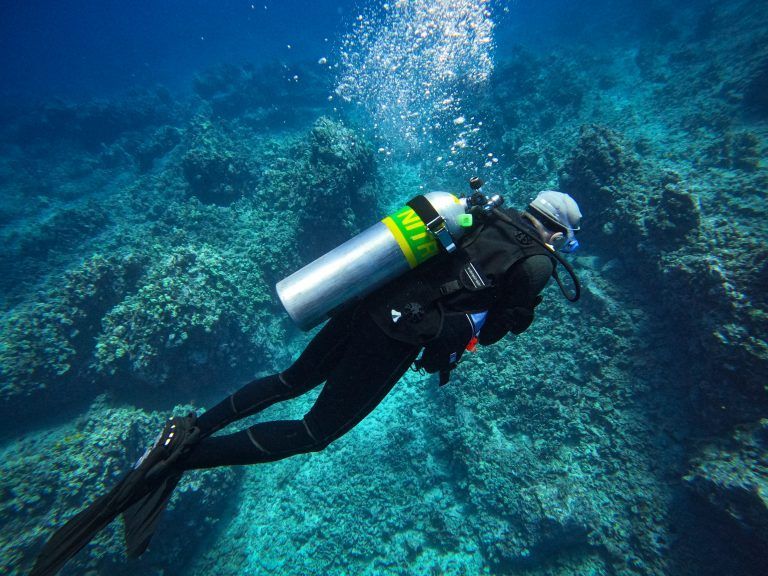
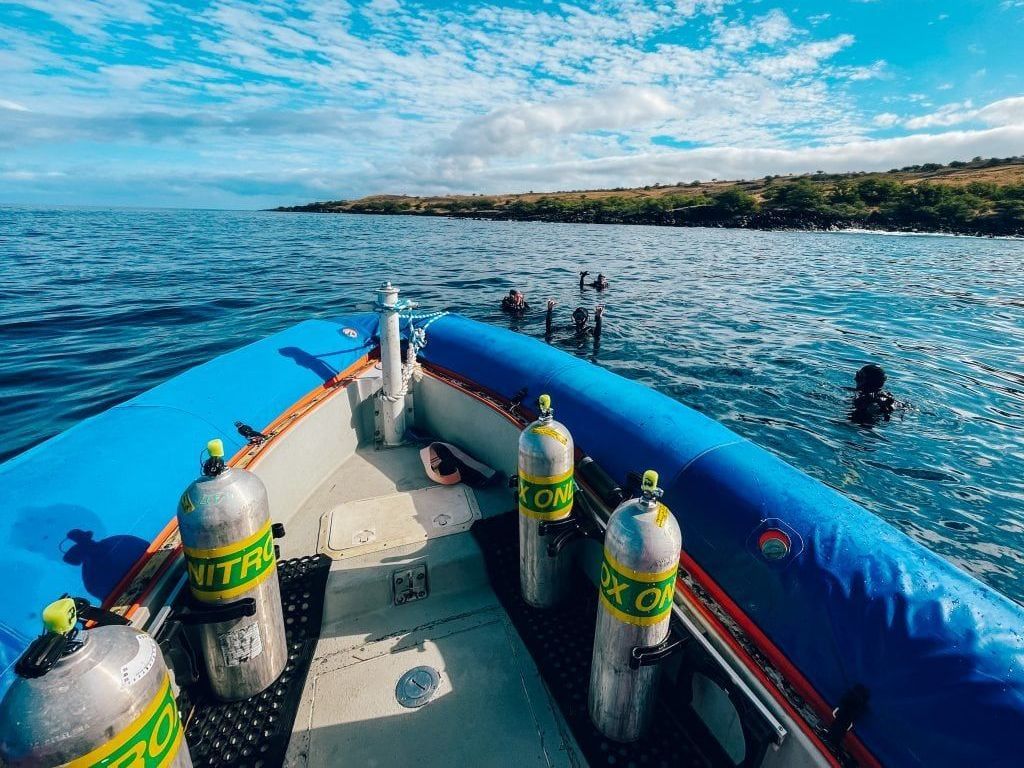
Nitrox doesn’t come without its own set of risks. Because you are breathing a higher percentage of oxygen, there is a risk of oxygen toxicity at deeper depths. Another common misconception with nitrox is that it lets you go deeper, however this is not the case.
Nitrox limits your maximum allowed depth on a dive.
| Gas Blend | Maximum Allowed Depth (in saltwater)Air |
|---|---|
| Air (21%) | 130 feet – recreational dive limit |
| 32% | 111 feet |
| 36% | 95 feet |
If you look back at the maximum allowed time table above, you’ll notice N/A on Nitrox 36% at 100 feet. This is because that is deeper than the maximum allowed depth on that blend.
Diving on nitrox is beneficial in most diving scenarios, below are the pros and cons:
Pros
- longer bottom time
- less risk of decompression sickness
- may allow you to shorten surface intervals between dives (compared to diving on air)
- anecdotally, many divers claim it reduces post-dive fatigue
Cons
- reduces maximum allowed depth
- risk of oxygen toxicity if you violate depth limit
- often more expensive than diving on air
Ready to get nitrox certified?
Diving on nitrox requires an additional certification course. The Enriched Air Diver PADI Specialty Course consists of an e-learning component and a short lesson with your instructor where you will learn to analyze a nitrox tank and set your computer to nitrox mode. There is no dive requirement with the nitrox course.
Click here to learn more and to sign up for your e-learning:
